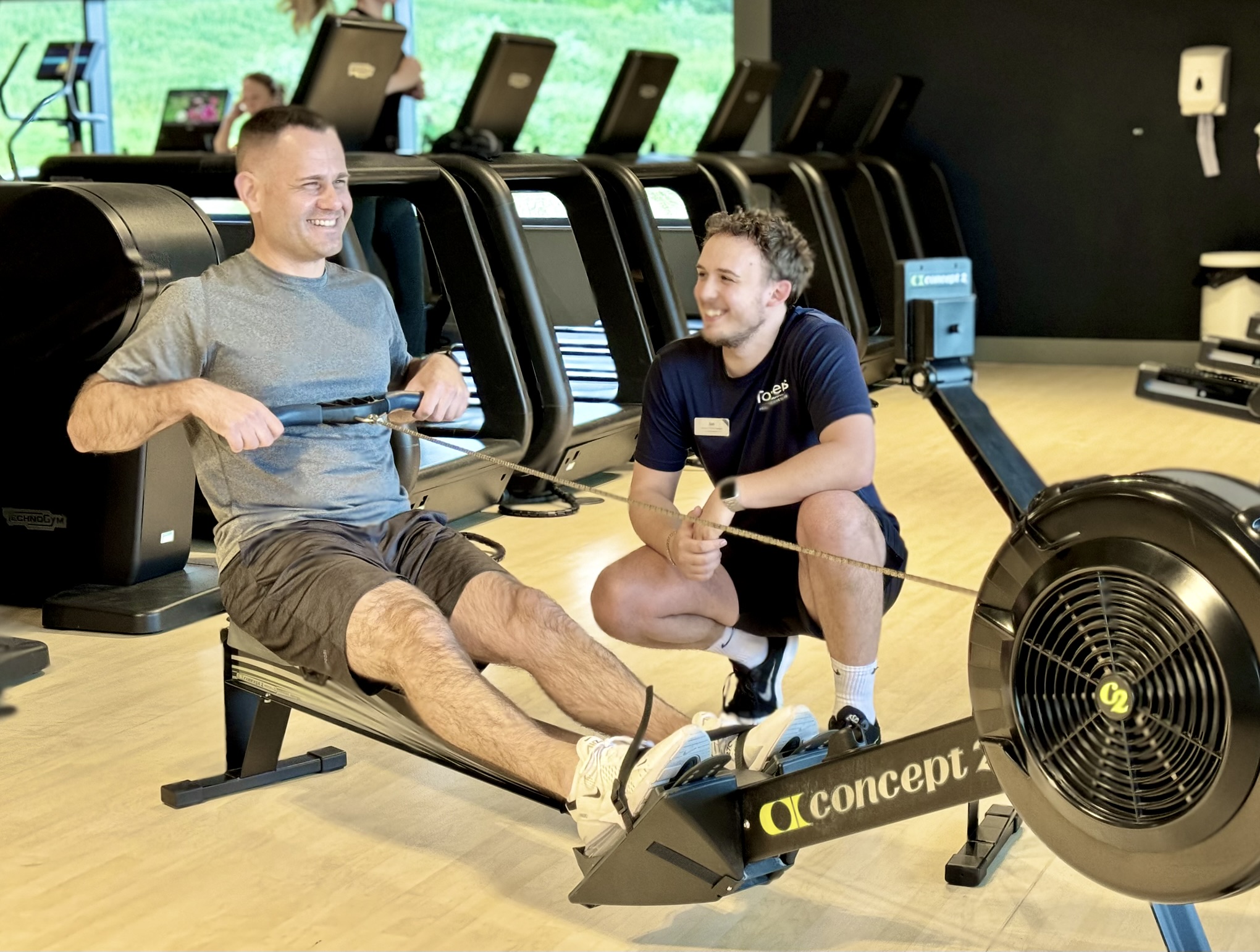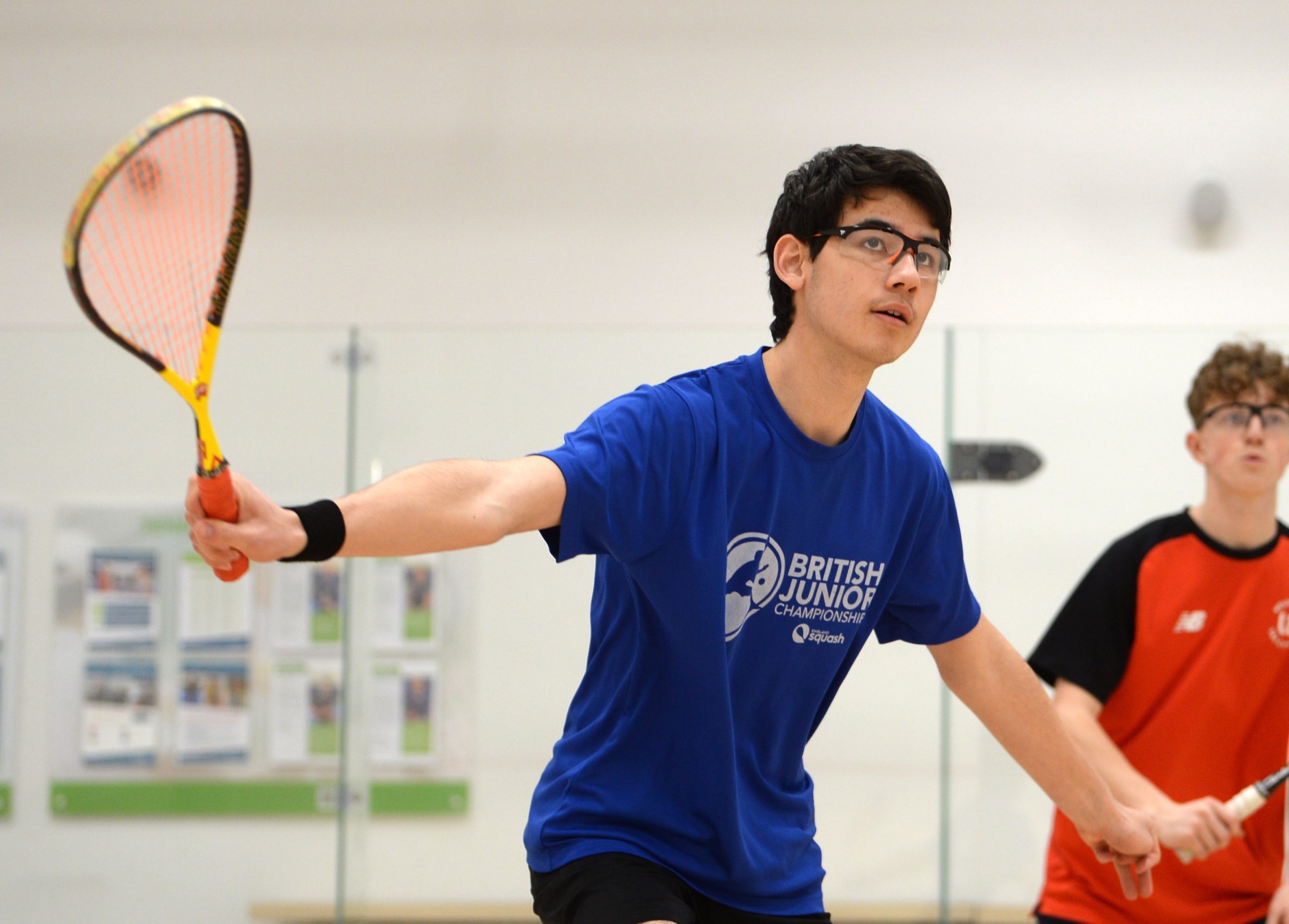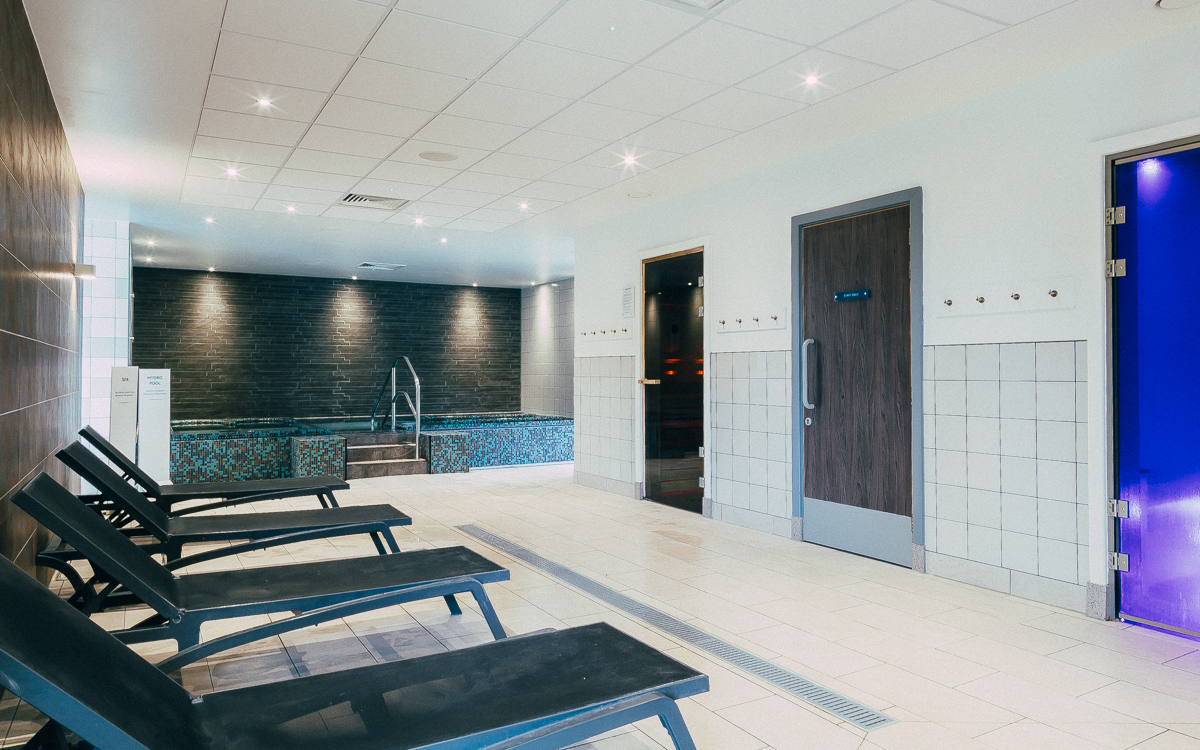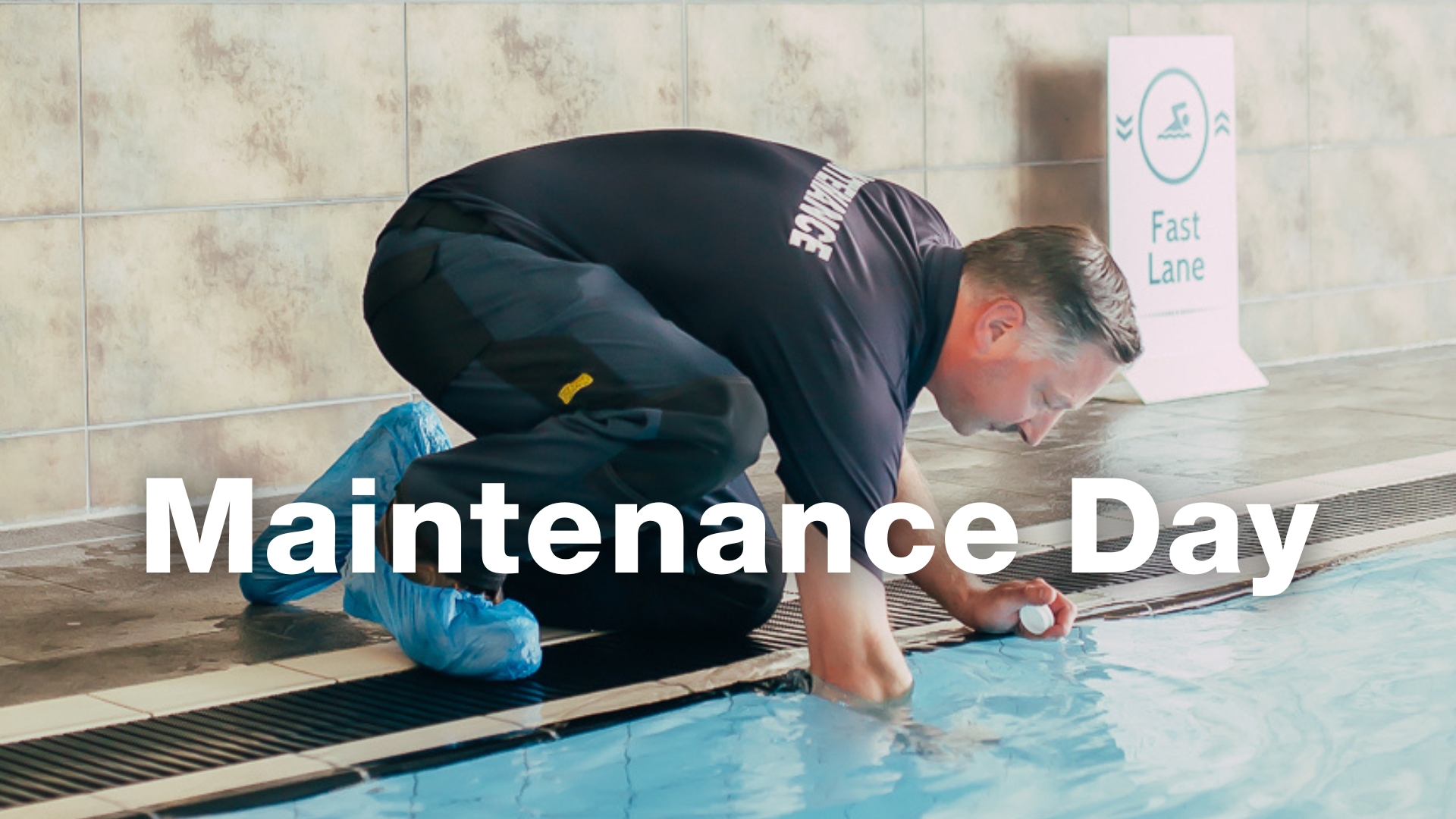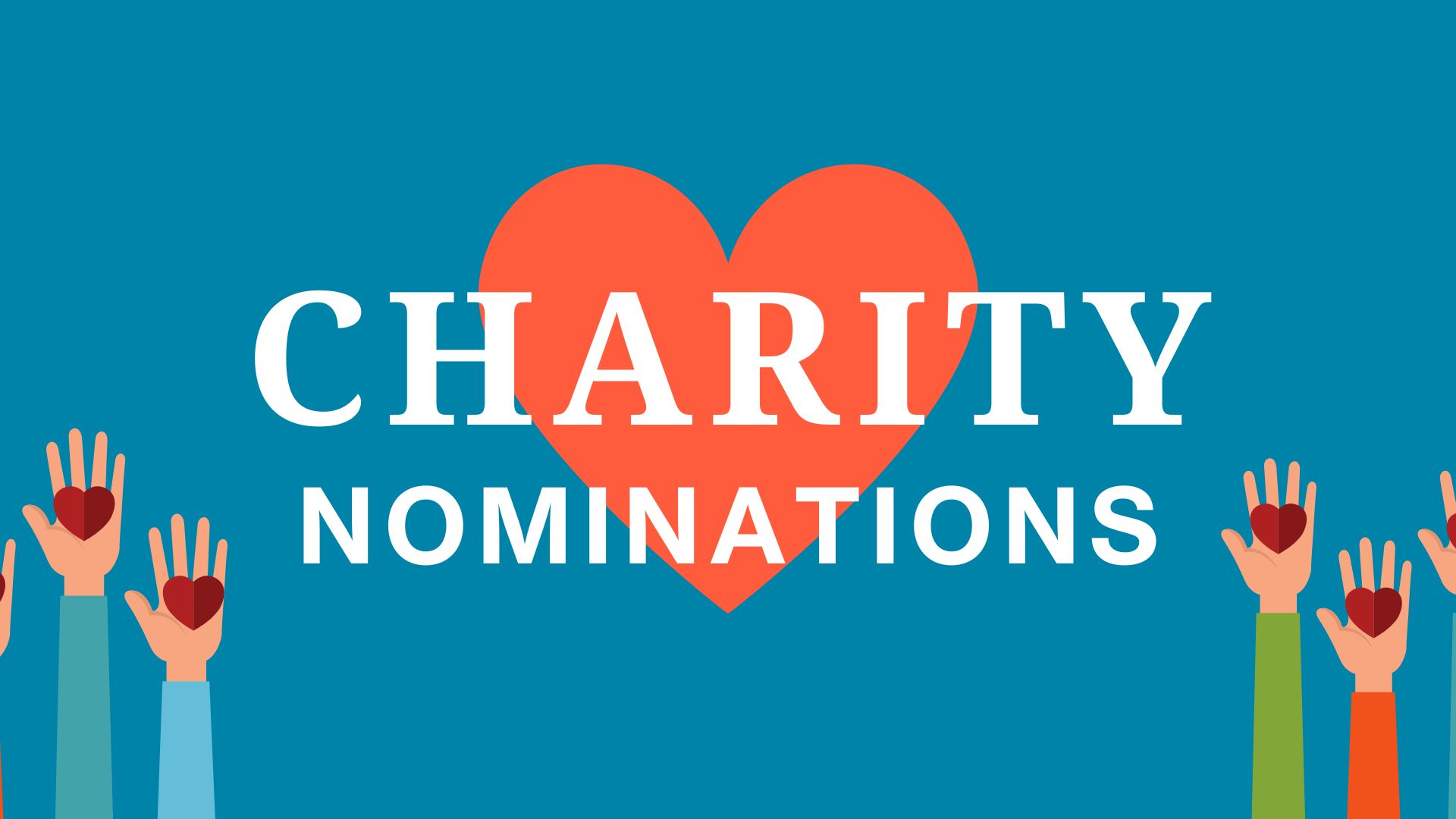Tennis (or Squash!) Elbow – A Painful Condition!
By: Dr. Simon Lowe – GP specialist in the Bedfordshire Musculoskeletal Service
I hope that you, like me, are really embracing Club Towers and enjoying the amazing facilities.
Unfortunately increasing training sometimes triggers unwanted consequences. While the under 30’s might ask ‘what are sports injuries?’ those of us born before the hot Summer of 1976, when Borg won Wimbledon, know that it is ‘normal to be injured.’
As I tell my patients over a certain age ‘If you’ve got pain at least you know you’re still alive!’
As a local GP with a Sports Medicine background I offered to do a blog for the website and decided that ‘Tennis Elbow’ would be a good initial subject as it affects not just rackets sports players, but anyone who does repetitive gripping activities such as lifting weights, body pump etc. This includes a lot of us at Club Towers!
What is Tennis Elbow?
Essentially, it’s an ‘overloading’ of the extensor forearm muscles – the one’s you work when hitting a backhand, as demonstrated in the photo. Golfers elbow is exactly the same principle but affects the flexor muscles (forehand muscles).


Why do you get it?
The load on the muscles exceeds the capacity of the muscles. The transmitted force on the tendon leads to degeneration and in some cases pain.
Sadly, age is a big factor because of inevitable weakness in muscles and tendon deterioration as we age; however, some of the racquet sports related causes are:
- Sudden increase in playing time.
- Poor technique, especially on the backhand (forehand for golfers elbow), for example using too much wrist.
- Racket strung too tightly.
- Grip too small.
- Wet balls. (not at Club Towers obviously!)
What are the symptoms?
The classic symptom is pain on the outside (lateral) point of the elbow, in the case of Tennis Elbow, and on the inside (medial) point for Golfer’s Elbow. As indicated here by our Club Towers tennis playing assistants – thanks guys!


Consequently tennis elbow is painful on hitting a backhand or any with any activity involving ‘’extension of the wrist, while golfers elbow is painful on forehand or flexor muscle activities.
There are lots of situations where this complaint arises, and many are not tennis related. Two common examples are computer use and DIY – essentially anything that involves using the extensor or flexor muscles (backhand or forehand muscles) repetitively.
What can you do?
Don’t panic! With common sense self-management it will usually resolve without outside intervention, although there are options for external intervention if needed. Here is some advice:
- The most important thing is to work out why you’ve got it and reduce/stop that activity until the pain starts to settle. Is it my old racket? My poor technique? Playing too much? Muscle weakness? Or increasing any resistance activity too quickly? Don’t carry on regardless and hope it goes away.
- Manage the pain. Ice is a very good anti-inflammatory and pain reliever (analgesic). Get some ice from the freezer – crush it in a plastic bag, wrap a damp thin tea towel around it and place on offending area for up to 10mins. Careful not to leave it on too long as you can sustain an ice burn. Repeat 2 or 3 times after a suitable break
- Anti-inflammatory gel such as ibugel works just as well as ibuprofen tablets without the associated medical risks. As long as you have no medical contraindication get some from the chemist and rub it on 3-4 times per day.
- Exercise regime to strengthen and stretch the muscles. There are lots of websites offering good advice, such as www.circlemsk.co.uk, our local Bedfordshire MSK service website. The main focus is on isometric followed by eccentric loading, as described on the website.
- Tennis Elbow Clasp as shown in the photo. These work by off-loading the offending muscles.
[fusion_builder_container hundred_percent=”yes” overflow=”visible”][fusion_builder_row][fusion_builder_column type=”1_1″ background_position=”left top” background_color=”” border_size=”” border_color=”” border_style=”solid” spacing=”yes” background_image=”” background_repeat=”no-repeat” padding=”” margin_top=”0px” margin_bottom=”0px” class=”” id=”” animation_type=”” animation_speed=”0.3″ animation_direction=”left” hide_on_mobile=”no” center_content=”no” min_height=”none”]

They should be worn while playing tennis or any potentially aggravating activity. It is a good idea to continue wearing them after the tennis elbow resolves to prevent recurrence. They can be bought online or in most chemists or sports shops. Tubigrip is not effective.
- Improve the bad technique which may be the cause. Book a lesson with your favourite tennis pro or personal trainer and improve that technique.
- Check your racket. Is it strung too tightly, or is it too rigid, or is the grip too small? Sometimes if the grip is too small, building up the grip or changing to a racket with a bigger grip can solve the problem.
- Plan your training regime Don’t play for 3 hours on 3 consecutive days. Space your sessions with adequate rest periods. Ice it immediately after the session.
- Time Tendons have a poor blood supply and so heal slowly. Don’t expect it to be better in a few days.
- Physiotherapist If the above measures fail I would recommend seeing a physiotherapist to ensure you have optimised all treatment options. For those of you not aware, Simon Jones, a very experienced sports physio, has recently started working at Club Towers.
AVOID STEROID INJECTIONS
Historically steroid injections have been used to treat tennis elbow. However, increasing evidence suggests that they are a bad treatment option and should be avoided “in most cases.” One trial showed that although they may help in the short-term, at 1 year people who had no treatment were better off than those who had had a steroid injection – so why bother?!
The reasons for this response are uncertain, but it is presumed they relate to the fact that people having an injection don’t buy in to the load modification and rehab outlined above and that the steroid may inhibit healing.
In summary this is an injury caused by overloading, that can be prevented by good training technique. If you have symptoms it can usually be self-managed with the focus on avoidance of overloading, but advice from a Personal Trainer around strengthening regimes or rackets sport coach for advice on technical issues can also be useful.
[/fusion_builder_column][/fusion_builder_row][/fusion_builder_container]
BACK TO BLOG

